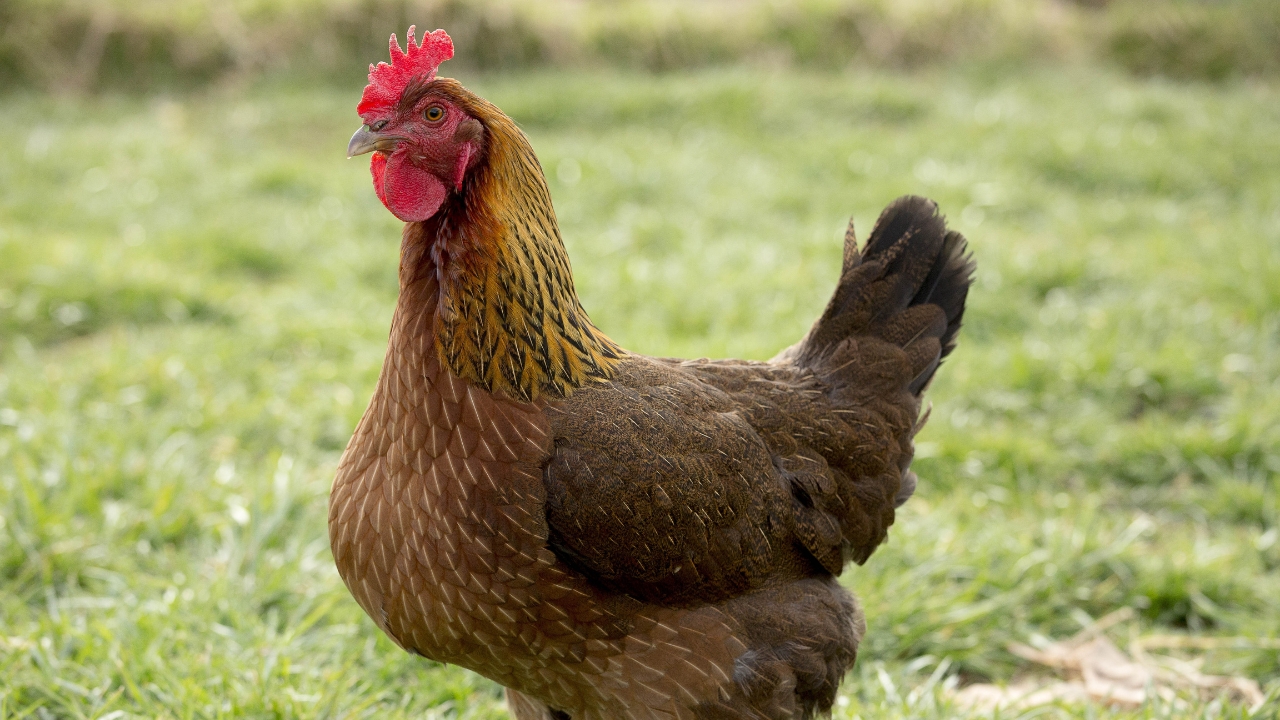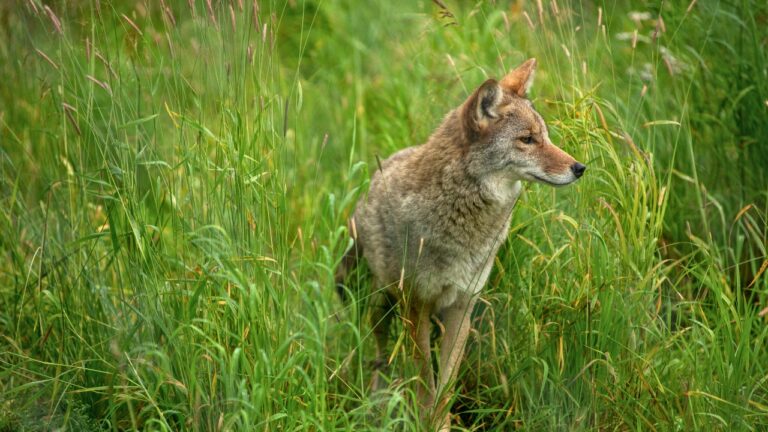8 chicken breeds that lay eggs in crazy colors
If you want a basket that looks like it came from a magazine, you’ll need to pick the right mix of hens. Egg color is mostly determined by breed, and you can have anything from rich chocolate brown to bright blue without dyeing a thing.
Some breeds lay more consistently than others, so if you’re aiming for variety year-round, balance your flock between dependable layers and the ones that give you the fun shades. A colorful egg basket doesn’t take much extra work—you just have to be intentional about which chickens you bring home.
Ameraucana

Ameraucanas are known for their true blue eggs, which stay vibrant even after washing. They’re friendly, cold-hardy, and usually good layers, giving you around 3–4 eggs per week. While their laying can dip a little in the winter, their egg color doesn’t fade with age. You’ll also notice that their shells are thicker than many breeds, which can make them last longer in storage.
Ameraucanas can be mistaken for Easter Eggers, but if you’re looking for consistent blue instead of a mix, make sure you’re getting a true Ameraucana.
Easter Egger

Easter Eggers are a favorite for anyone who wants surprises in the nest box. They can lay blue, green, or even pink-tinted eggs, and no two flocks are exactly the same. They’re hardy, adaptable, and great foragers, which makes them easy to integrate into mixed flocks.
Production isn’t as high as heavy-laying breeds, but you can expect 3–5 eggs per week in their prime. If you want variety in color, get a few Easter Eggers—you’ll never have a dull basket, and they tend to be healthy, low-maintenance birds.
Marans

Marans lay some of the darkest chocolate-brown eggs you can get from a backyard flock. Black Copper Marans are especially sought after for their rich color, but Cuckoo Marans are also a solid choice. They’re not the most prolific layers—around 3 eggs per week—but the color makes them stand out.
Marans handle cold weather fairly well and are generally calm, making them a good addition to mixed flocks. If you’re selling eggs, having a dozen with a few deep brown shells in the mix can make your cartons look premium.
Olive Egger

Olive Eggers are hybrids that lay, as the name suggests, olive-green eggs. They’re created by crossing a dark brown layer, like a Marans, with a blue layer, like an Ameraucana. The exact shade can range from light green to deep army green, depending on the genetics. They’re usually hardy, friendly, and productive enough to earn a spot in most flocks.
Olive Eggers are also great if you want to add variety without worrying about having too many breeds, since you can create them from birds you may already have.
Welsummer

Welsummers produce medium to dark brown eggs with darker speckles, giving them a natural, earthy look. They’re also good layers, averaging around 4–5 eggs per week. This breed is hardy, adaptable, and has a calm personality, which makes them easy to manage. The speckled shells can be especially attractive for farm stand sales, and their laying holds steady through most of the year.
Welsummers do best in free-range or semi-free-range setups, as they like to forage and can help cut down on feed costs.
Cream Legbar

Cream Legbars lay a bright blue egg and are one of the few breeds that are auto-sexing, meaning you can tell male from female at hatch by their feather patterns. They’re active foragers and tend to be productive layers, giving you around 4 eggs per week. Their blue egg color is lighter than an Ameraucana’s but still stands out in any carton.
They do well in a variety of climates but are happiest with room to roam. Cream Legbars also tend to be curious and alert, which can help them avoid predators.
Barnevelder

Barnevelders are known for their deep brown eggs, often with a reddish tint. They’re not the heaviest producers—about 3–4 eggs a week—but their calm demeanor and striking feather patterns make them a favorite for smaller flocks.
Barnevelders are also hardy in colder weather, and their eggs tend to stay a rich color even in winter. While they’re not as showy in color variety as some breeds, the depth of their brown shells adds a solid, earthy tone to a mixed basket.
Isbar

Isbars, a breed from Sweden, lay unique moss-green eggs, sometimes with speckles. They’re rare in the U.S., but if you can find them, they’re worth the addition for the color alone. They’re good layers, averaging 4–5 eggs per week, and are known for being hardy in colder climates.
Isbars also have a friendly temperament and adapt well to mixed flocks. Their egg color is softer than an Olive Egger’s but still distinct enough to make a carton stand out.
*This article was developed with AI-powered tools and has been carefully reviewed by our editors.







